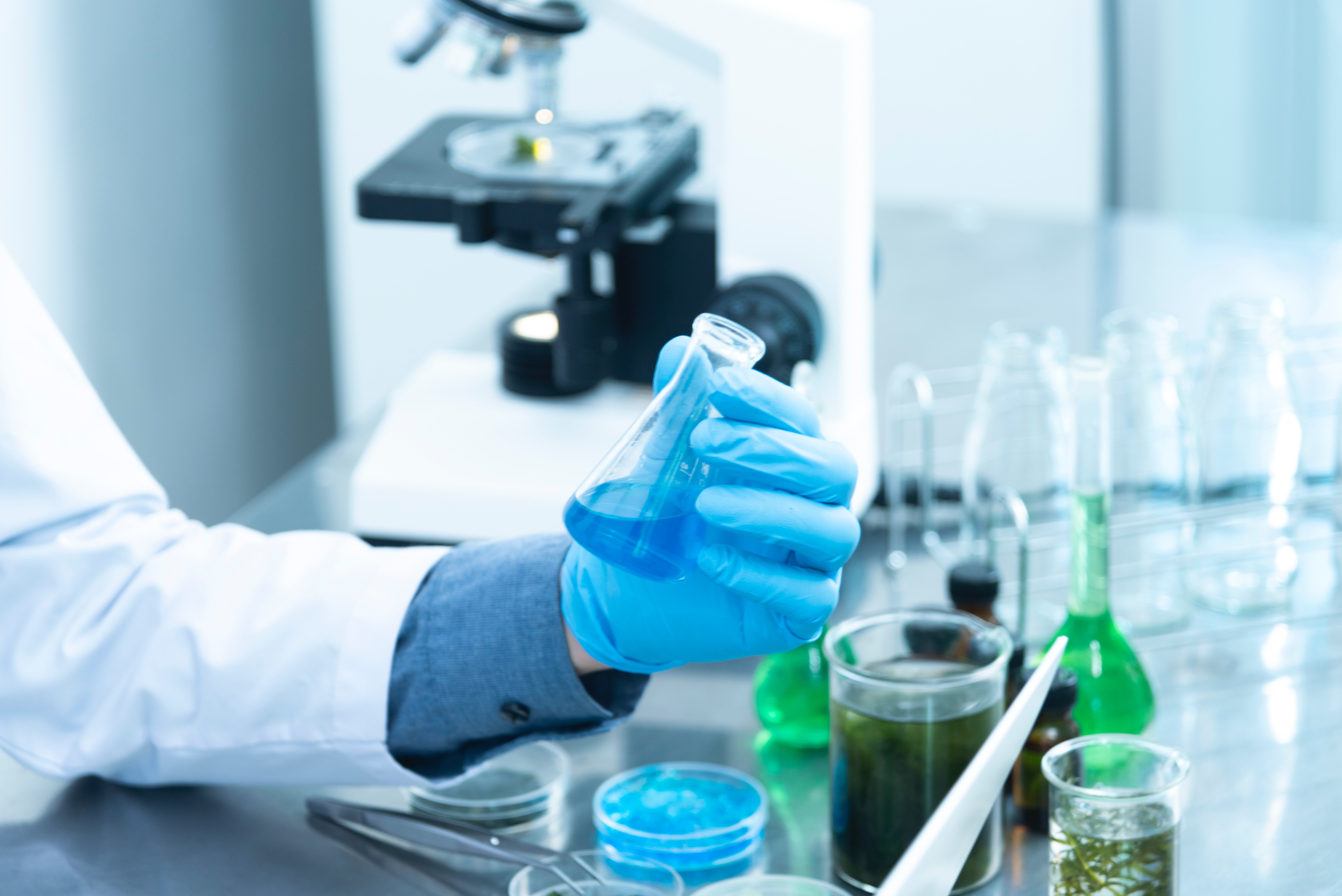
Carbon dioxide (CO2) testing refers to the analysis and measurement of carbon dioxide levels in various substances or environments. Carbon dioxide is a colorless, odorless gas that is naturally present in the Earth's atmosphere and plays a crucial role in the carbon cycle and climate regulation.
Here are some key points about carbon dioxide testing
Environmental Monitoring: Carbon dioxide testing is conducted to monitor and measure CO2 levels in the atmosphere, bodies of water, and soil. This monitoring helps in understanding climate change, assessing the impact of human activities on CO2 emissions, and tracking the effectiveness of mitigation strategies. Greenhouse Gas Emissions: Carbon dioxide is a greenhouse gas that contributes to global warming and climate change. Testing CO2 levels helps quantify greenhouse gas emissions from various sources such as industries, power plants, transportation, and deforestation. Carbon Footprint Assessment: Carbon dioxide testing is often performed to calculate and assess an individual's or organization's carbon footprint. It involves quantifying the amount of CO2 emitted as a result of activities like energy consumption, transportation, and waste generation. Indoor Air Quality: In certain settings, carbon dioxide testing is used to assess indoor air quality. Monitoring CO2 levels helps evaluate ventilation effectiveness and occupancy levels, as elevated CO2 concentrations can indicate poor air circulation and inadequate fresh air supply.
Agricultural and Industrial Processes
Carbon dioxide testing is employed in agricultural and industrial sectors to optimize processes and enhance efficiency. In greenhouse agriculture, CO2 levels may be monitored and controlled to enhance plant growth. In industrial applications like beverage production or fermentation processes, CO2 testing helps ensure product quality and safety.
Carbon dioxide testing is crucial for understanding the impact of human activities on the environment, tracking emissions, and making informed decisions to mitigate climate change. By accurately measuring and monitoring CO2 levels, individuals, industries, and policymakers can take steps to reduce emissions, improve energy efficiency, and work towards a more sustainable future.